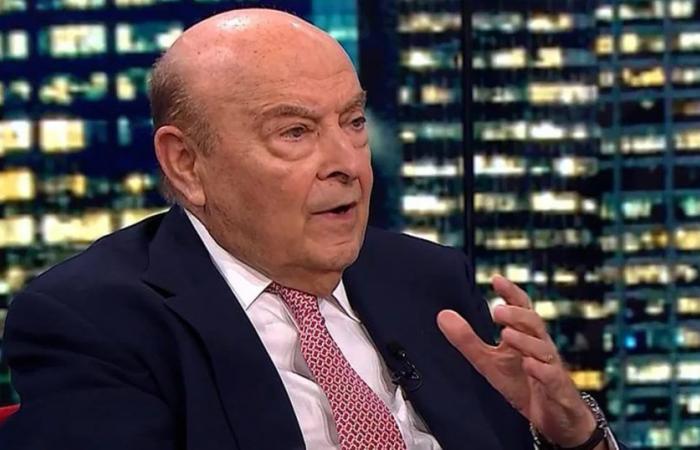
The former Minister of Economy, Sunday Cavallostated in a recent publication that the Government of Javier Milei is not in a position to completely eliminate the dollar stocks during the coming months to achieve exchange rate unification, although he stressed that he is not willing to grant a significant devaluation of the weight. On the other hand, the economist pointed out that it is a coin competition which the President imagines will be delayed, at least, until 2025.
Cavallo’s considerations were recorded in a work published under his signature in Global Source Partners. There he mentioned that the current Minister of Economy, Luis Caputodenies that changes will occur in the exchange rate scheme unless a new agreement is reached with the International Monetary Fund (IMF) that involves the contribution of fresh funds to the reserves of the Central bank.
“But it is unlikely that it will find a favorable climate for this type of negotiation with the IMF if it does not first adopt measures to increase reserves. What without a doubt is not going to happen is that in the coming months all exchange restrictions will be completely eliminated and the unification and liberalization of the exchange market will be decided, admitting a significant devaluation of the peso,” said the former Minister of Economy of Carlos Menem and Fernando de la Rua.
Cavallo’s article begins with the description that the Government expects the disinflation process to continue in the second half of the year, reaching 2% per month by the end of the year. In parallel, they expect to sustain the crawling peg at 2% monthly and keep the monetary issue frozen. The interest rate regulated by the BCRA remained in negative territory in the first part of the year, part of the strategy to “liquefy” the entity’s remunerated liabilities.
“The government also hopes that in the second half of the year the faint green shoots that it already sees in various sectors of real economic activity will become widespread. To encourage the process of economic growth on the supply side, it aims to move towards the liberalization of markets and the elimination of distortions caused by poor regulations and the unproductivity of state companies. To implement and monitor this process, Federico Sturzenegger, the intellectual author of the legislation that is planned to be modified with this objective, would be appointed minister in charge of economic reform,” the economist listed.
In his opinion, the economic team “is in no hurry to remove exchange restrictions on both trade in goods and trade in services and the movement of capital because it fears that doing so could lead to an exchange rate jump capable of destabilizing the macroeconomy again,” something which could occur, he estimated, next year.
Cavallo also highlighted that the IMF, orthodox economists and investors “expect important changes in exchange and monetary policies.”
“The main objection to the simple continuity of these policies lies in what is considered an exaggerated real appreciation of the peso in the official market and in the scarce net purchase of reserves by the Central Bank that is expected from June due to the derivation of 20% of export revenues to the CCL market,” he added.
In that sense, he commented that the Monetary Fund staff report suggests “eliminating this 20% drift towards the CCL market and offsetting its effect on the effective export exchange rate, by an adjustment of the official exchange rate of around 10%”.
“It would mean placing it close to $1,000 per dollar. If, at the same time, the country tax were reduced from 17.5 to 7.5%, the inflationary impact of the increase in the cost of imports could be avoided. “It would be a perfectly compensated devaluation that would allow the Central Bank to buy the reserves that until this change were derived from the CCL market,” he explained.

